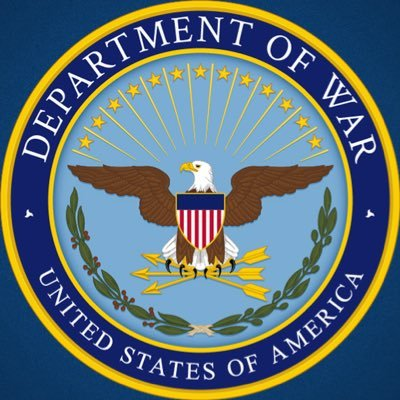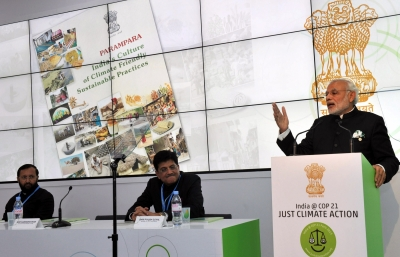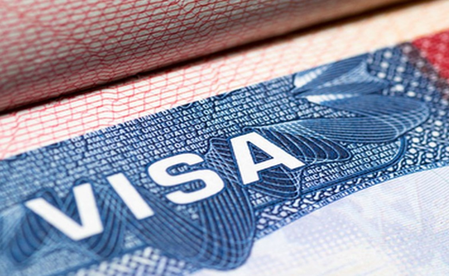
New Delhi, Nov 27 (IANS) The Washington D.C. attack in which two officers of the National Guard were killed, bears an uncanny resemblance to another carried out over three decades ago by a Pakistani immigrant right outside the Central Intelligence Agency (CIA) headquarters at Langley, Virginia.
In the recent incident, two National Guard members were ambushed and critically wounded by a suspect identified as Rahmanullah Lakanwal.
The shootout took place near the White House, close to a Metro station at the northwest of the US capital.
Lakanwal is said to be an Afghan national who arrived in the United States in 2021. Reports also said that video reviewed by the investigators showed him come around a corner and open fire from a close range.
In a similar ambush outside the CIA headquarters on January 25, 1993, Mir Aimal Kansi killed two operatives and injured three others.
He fled the country, and was captured in Pakistan four years later. He was extradited and faced a judicial hearing, was sentenced to death, and executed in 2002. The attack was found to have been carried out by the perpetrator all by himself.
That January morning Kansi, a Pakistani immigrant, parked his car near the entrance to the CIA headquarters in Langley and opened fire on vehicles waiting at a traffic light, using a semi‑automatic rifle.
By the time the traffic light turned green, he jumped back into his car and sped away. The attack took place during the morning commute, which magnified its psychological impact because it targeted civilians in routine travel to work.
The attack killed agents Frank Darling and Lansing H. Bennett, and wounded three others, sending shockwaves through the Intelligence community and prompting immediate security reviews at federal facilities.
The shooting was widely described as an ambush-style, targeted attack on CIA personnel outside the agency’s secure campus. Witness accounts and subsequent investigations indicated that Kansi acted alone and that his stated motive was anger over US foreign policy in Muslim countries.
He expressed the views during interrogation and in the course of legal proceedings in a court of law. Kansi then fled the United States and returned to Pakistan, and travelled between Quetta and Afghanistan to evade an international manhunt.
The operation was launched by American law enforcement agencies, including the FBI, who worked with Pakistani authorities and Intelligence services to track him.
At that time, various ethnic groups of Mujahedeen in Afghanistan were engaged in a fierce battle for supremacy on Kabul after the withdrawal of Soviet troops in late 1989.
However, the manhunt culminated in Kansi’s arrest in 1997 from a hotel in Quetta where operatives broke into just before dawn. It was possible after a tip-off apparently gave away his hideout even as the coordinated efforts were stepped with the announcement of a staggering $2 million bounty.
He was whisked away overnight to Pakistan’s Chaklala airbase over a 750-km drive and flown directly to Washington in a huge C-141 Starlifter aircraft. No formal arrest or deportation procedures were reportedly followed in this case; such was the secrecy and urgency.
Kansi faced federal charges, and during the trial he was convicted of murder and related offenses. Prosecutors sought the death penalty, arguing the premeditated nature of the killings and the threat posed by the attack to national security personnel.
A federal jury sentenced him to death, and his conviction and sentence were upheld through appeals and legal reviews.
Kansi’s execution by lethal injection took place on November 14, 2002. As in the case of Osama bin Laden’s later elimination in Abbottabad, Pakistan, US officials prepared for potential diplomatic and security repercussions surrounding the execution.
The event following the Langley shootout drew international attention because of the cross‑border aspects of the manhunt and the political sensitivities involved. His case remained a reference point in discussions about the protection of Intelligence personnel, the challenges of tracking fugitives across borders, and the legal processes for trying foreign nationals for terrorism‑related killings on US soil.
Current probe will determine if the Washington D.C. shooter was also a “lone wolf” operator like Kansi, driven by blind hatred and revenge, or part of a larger terrorist operation.
–IANS
jb/rad




